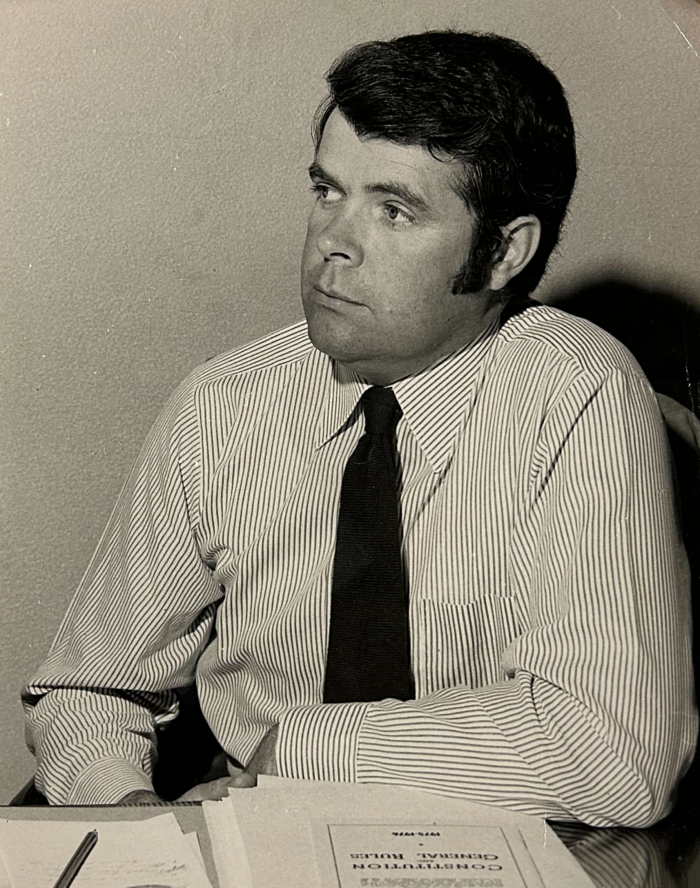Almost 106 years after guns fell silent in the battle of Villers-Bretonneux, one of the descendants of a soldier killed nearby has returned for the 2024 Anzac Day service.
Corporal Julie Kling is in France as part of Australia’s Federation Guard (AFG) contingent performing during the Villers-Bretonneux service.
Her great-great-uncle, Private Charles Henry Kling, was killed in action on April 5, 1918, just before the main battle.
He was 22 years old.
Raised in Apple Tree Creek, Queensland, Private Kling was a cane cutter and bookmaker before enlisting in the 49th Infantry Battalion.
Corporal Kling said this opportunity holds special meaning for her.
“In France I try to imagine what it was like for him during that time,” Corporal Kling said.
“I get to pay my respects to my family and those who fought so hard before us.”
Another AFG member with a special connection to the Villers-Bretonneux service is Able Seaman Christopher Innis.
His great-uncle, Private John Gregory Sheehan, was awarded the Military Medal for conspicuous gallantry during an enemy advance near the village of Noreuil, about 50km north-east of Villers-Bretonneux.
Ninety metres away from enemy lines, Private Sheehan provided medical aid while under fire.
“So close to enemy lines, my great-uncle calmly and collectively dressed soldiers’ wounds and got them out of harm’s way,” Able Seaman Innis said.
“To conduct an Anzac Day in France means the absolute world to me. To actually go where they fought is going to be so special.”
An Albury boy, Private Sheehan enlisted into the 17th Infantry Battalion before embarking for the Western Front.
Private Sheehan was later killed in action at Bullecourt on May 3, 1917. His grave has not yet been found.
AFG’s Corporal Michael Byrne also has a family history on the Western Front.
Corporal Byrne’s great-great-uncle, Private Stanley Ewart Page, lied about his age to enlist into the 19th Infantry Battalion when he was 16.
A baker from Sydney, he fought in Gallipoli and at the Western Front before being killed in action in Pozières on July 26, 1917, aged 18.
He is buried at France’s Cerisy-Gailly Military Cemetery.
They are but a few of more than 60,000 Australians who died in World War 1.







